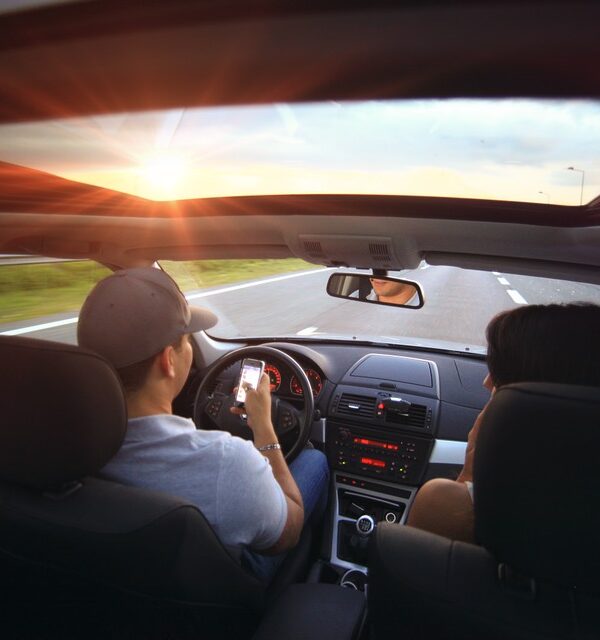Courtesy of iii.org Creating and updating an inventory of your personal possessions is one of the best ways to make the most of your homeowners or renters insurance, and makes filing a claim easier and more efficient. A home inventory is simply a list of your personal possessions along with their estimated financial value. You can create a home inventory in a simple, low-tech manner by writing down everything in a notebook and keeping receipts in a folder. Or you can take advantage of technology and use a digital camera or smart phone or app to make your record. No matter how you choose to do it, the important thing is to take action. An up-to-date home inventory will: Help you purchase the right amount and type of insurance. Having an accurate list of all your possessions helps you to have a more productive conversation with your insurance professional when making decisions about homeowners or renters insurance coverage. After all, if you don’t know what you have, how …
A New Career in Insurance
Courtesy of iii.org There are more than a half-million professionals employed within the U.S. property/casualty insurance market. And, if you ask many of them how they got into the industry, most will call it a lucky break. My such stroke of luck occurred decades ago. I was working for a real estate developer, the housing market took a(nother) crash, so I needed to find work. A survey of the marketplace introduced the tremendous opportunities in the insurance field and brought me a wonderful, rewarding career. I highly recommend it! The insurance field brings a meaningful job. This is an industry that helps protect people and their finances. Insurance makes things happen. You need it to drive a car, build a home (or rebuild one after a disaster), to leave loved ones financially secure, to borrow money to build a business – and so on. Check out InsureMyPath for insight into the profession and a review of the types of career roles. For a student considering a college …
Increase in Distracted Drivers, More
Courtesy of iii.org BACKGROUND Cellphones play an integral role in our society. However, the convenience they offer must be judged against the hazards they pose. Their use contributes to the problem of inattentive driving, which also includes talking, eating, putting on make up and attending to children. As many as 40 countries may restrict or prohibit the use of cellphones while driving. Countries reported to have laws related to cellphone use include Australia, Austria, Belgium, Brazil, Botswana, Chile, the Czech Republic, Denmark, Egypt, Finland, France, Germany, Greece, Hungary, India, Ireland, Israel, Italy, Japan, Jordan, Kenya, Malaysia, the Netherlands, Norway, the Philippines, Poland, Portugal, Romania, Russia, Singapore, the Slovak Republic, Slovenia, South Africa, South Korea, Spain, Sweden, Switzerland, Taiwan, Turkey, Turkmenistan, the United Kingdom and Zimbabwe. Most countries prohibit the use of hand-held phones while driving. Supporters of restrictions on …


